A way to honor Filipino heroes is to read about them, and so I dove into John Nery’s latest book, “Radical – Readings in Rizal and History,” to mark the month of Rizal Day (Dec. 30).
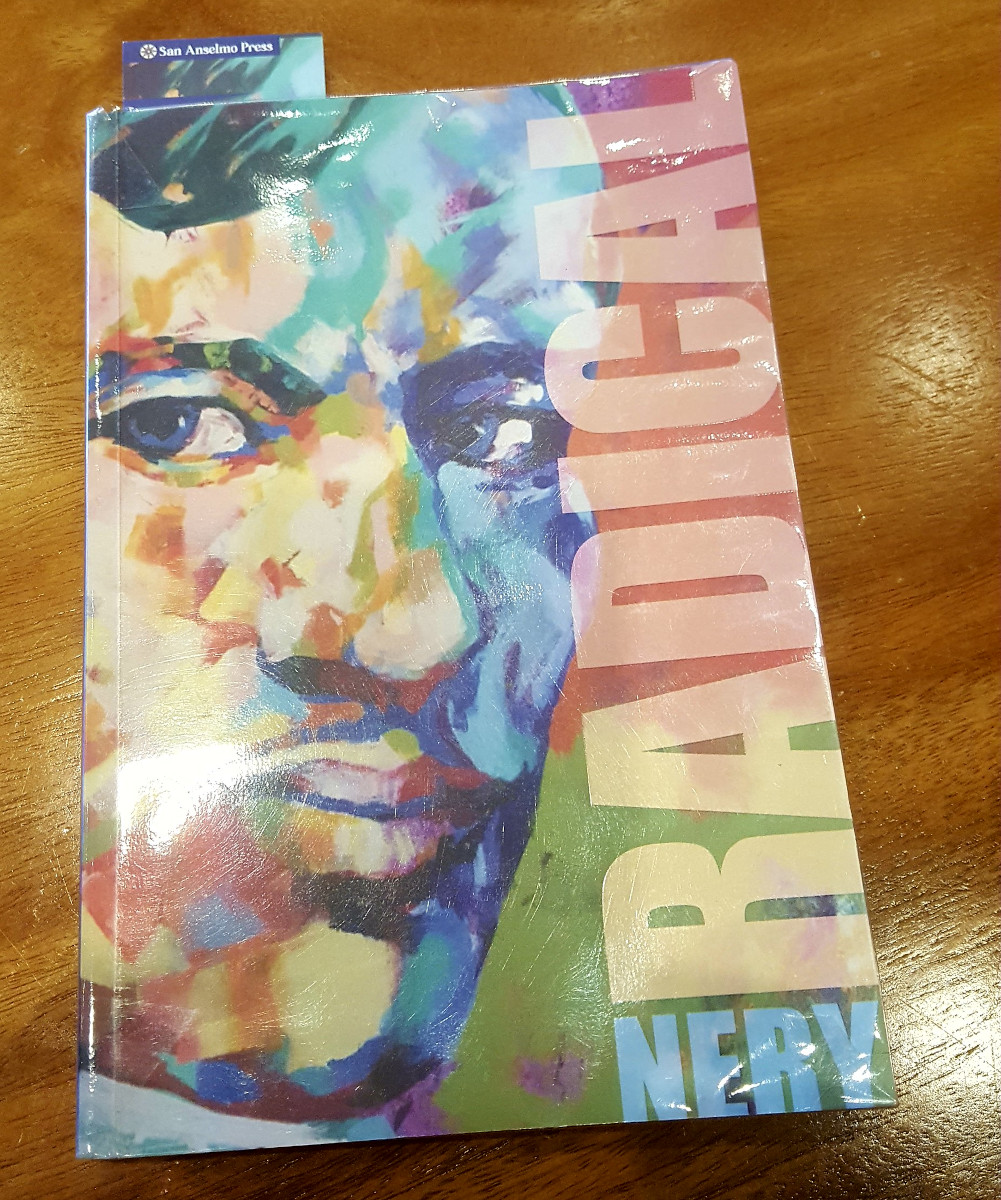
What Nery writes about Filipinos being miseducated by historian Teodoro Agoncillo offers much to ruminate on: Agoncillo’s “Philippine History” was my textbook in high school, and I had read his “The Revolt of the Masses.”
Few have as roundly criticized Agoncillo as Nery. Formidable as Agoncillo was in changing Filipinos’ view of history, his influence was “not all salutary or properly historiographical.” Agoncillo wrote some bad history, Nery says in the column “Miseducated by Agoncillo.” Citing the case of Antonio Luna – a quisling in Agoncillo’s eyes for not taking part in the 1896 Philippine Revolution — the cinematic Heneral Luna embodied what Nery says was Agoncillo’s notion of class conflict and his insistence that it defined the Revolution, hence the failure of the struggle. Consequently, Nery writes, it “[wrapped] one historical figure he didn’t deem heroic in the one-size-fits-all mantle of class-conscious heroism.”
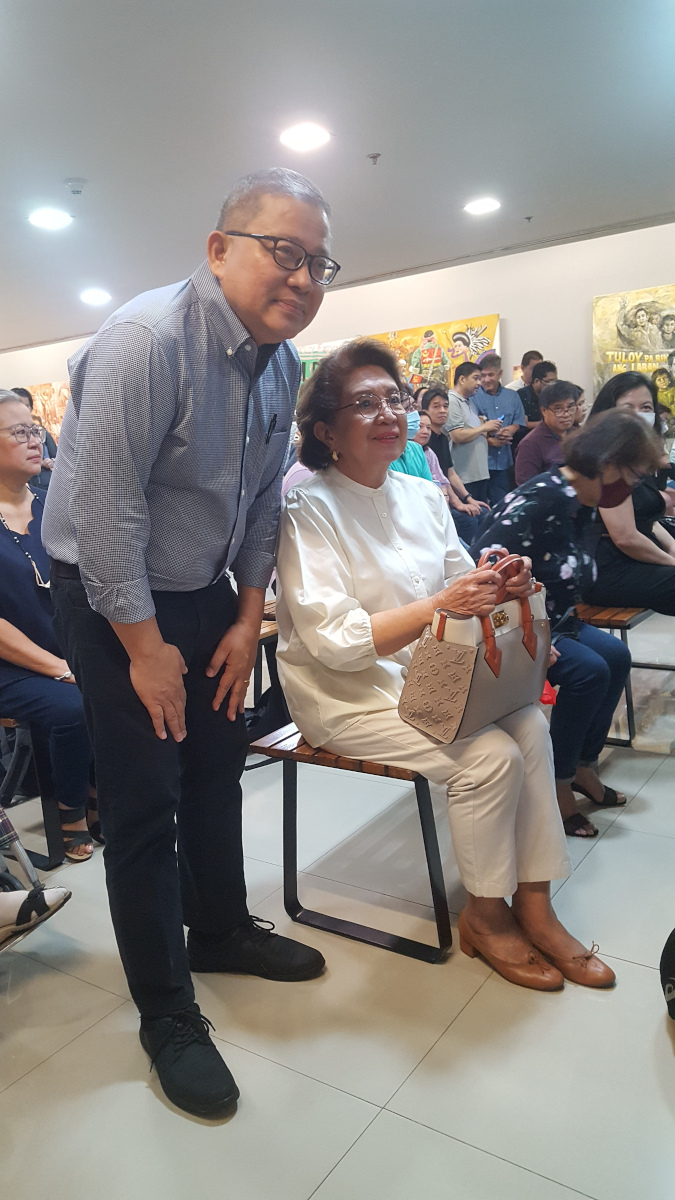
Nery continues his critique of Agoncillo in the column “Bonifacio’s blank stare, Agoncillo’s ‘friendly hostility,’” calling out the historian’s “easy pugnacity, moral certainty, [and] judgmental language” and lamenting how, in “today’s public discourse the fame of Agoncillo or Constantino is taken, wholly, as a sufficient guaranty.”
Nery also chides historian Renato Constantino for providing the “unfortunate structure and consistency of a Marxist ideology” to Agoncillo’s pioneering work, and the damaging simplistic view of the character of the revolution in the column “Miseducated by Constantino.”
Friendly opposites
Nery using Rizal as lens to view Philippine history and society piques one’s interest, especially in his interpretation of Rizal vis-à-vis fellow columnist Ambeth Ocampo. Equally intriguing are Nery’s analyses that downplay class conflicts.
His critique of Agoncillo et al. is surprising (I had thought of Nery as not eschewing a historicized framework). Significantly, history is a story of lives directed by social mechanisms and cultural institutions through the shaping of minds, behavior, and character. To disregard history as chronicles of conflicts between capitalist and proletarian classes is, I think, a cause for a raised eyebrow.
But being opposed to some of Nery’s views isn’t the reason not to read him. It’s precisely the reason to peruse his collection of selected newspaper columns, speeches, papers, and lectures written through the years.
For one thing, he makes one put on one’s thinking cap. His debates with several historians — done with an academic’s finesse and a journalist-historian’s meticulousness — are challenging mental exercises.
For another, his analyses exhort Filipinos to shake off the malaise of indifference and sharpen their dulled thinking, which can only be done through rigorous reading.
Completely relevant
Nery emphasizes the importance of Rizal and Philippine history in this age of disinformation and ignorance in the section “Applying Rizal.” He declares that the youth can learn from heroes like Rizal in the speech “The role of the youth in fighting populist authoritarianism” that he delivered before the graduates of the 2nd Political Management Training for Young Progressives program.
With students bereft of history lessons, Nery, echoing Rizal, encourages the young to “increase the heritage” because “the future cannot be gained or the present understood if the past were left unstudied.” He calls on them to defend and preserve the freedom of the press to prevent any monolithic authority from covering up the sins of people and government. He advises them to seek out kindred spirits to keep lofty ideals alive and to prevent the descent into moral turpitude. And, as though shading trolls and keyboard warriors, he reminds them to fight in the right battlefield, as Rizal did.
Paralleling the speech in thought is “Fighting the logic of the snake,” a keynote he delivered at the 18th Cardinal Sin Catholic Book Awards. Here, he takes a leaf from Pope Francis’ theme of fake news and journalism for peace in his message for World Communications Day.
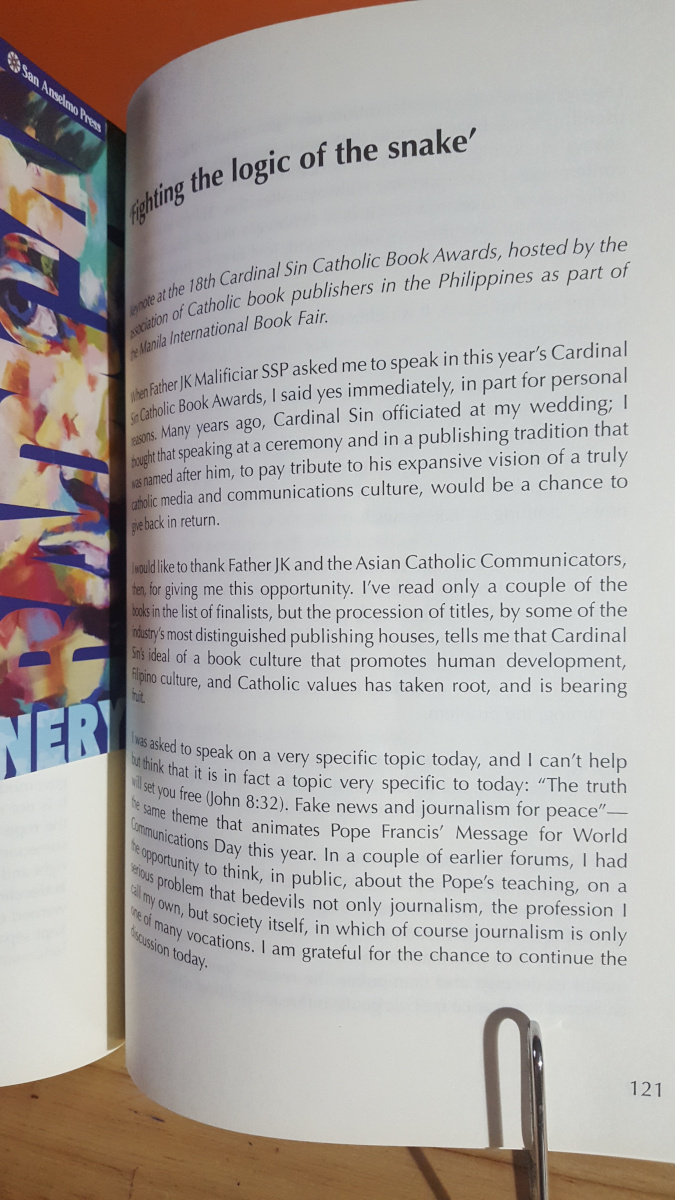
Quoting the Pope, Nery says disinformation is based on logica de la serpiente (logic of the snake), or the “snake-tactics” employed by the serpent in the Book of Genesis, which parallels logica de la desinformación (logic of disinformation). That is to say, fake news and other disinformation are deliberately fabricated, disguised to look like the real McCoy, and orchestrated to deceive the unwitting.
Nery corrects the pervasive fallacy that journalists are solely responsible for fighting disinformation. On the contrary, he says, “everyone has a role…every descendant of Adam and Eve vulnerable to the serpent’s poison; those with ‘unguarded tongues’ who are ‘caught up in networks of verbal violence’; and practicing journalists with their practiced cynicism, and every contemporary man who hasn’t been trained to use power well.”
The Alba debate
Nery wrestles with Ocampo in the column “The Rape of Pia Alba” in discussing Maria Clara’s paternity. He declares that Ocampo got it wrong and that the anthropologist Michael Tan got it right. The former questioned the rape of Pia Alba, Capitan Tiago’s wife, by Damaso, while the latter categorically said she was Damaso’s rape victim.
The evidence, Nery says, was in the sixth chapter of “Noli Me Tangere” translated by Jovita Ventura Castro. Rizal’s description of a woman desperate for a child didn’t fit Alba’s demeanor. He further refutes the incredulous assertion that Damaso and Alba were lovers, saying that “taking up a friar as a lover [was] an anachronous explanation for the Philippines of the late 1860s or early 1870s.” The clear evidence, he continues, came from Rizal himself: Maria Clara telling Ibarra about Alba cursing and wishing her death in the two letters.
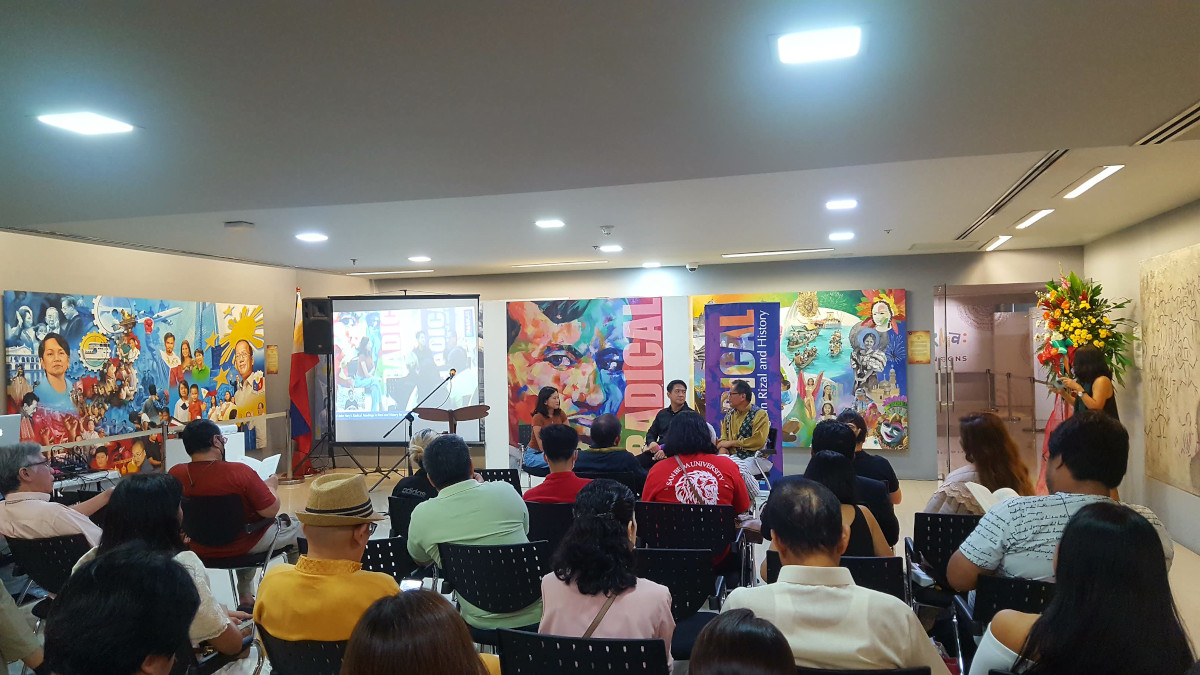
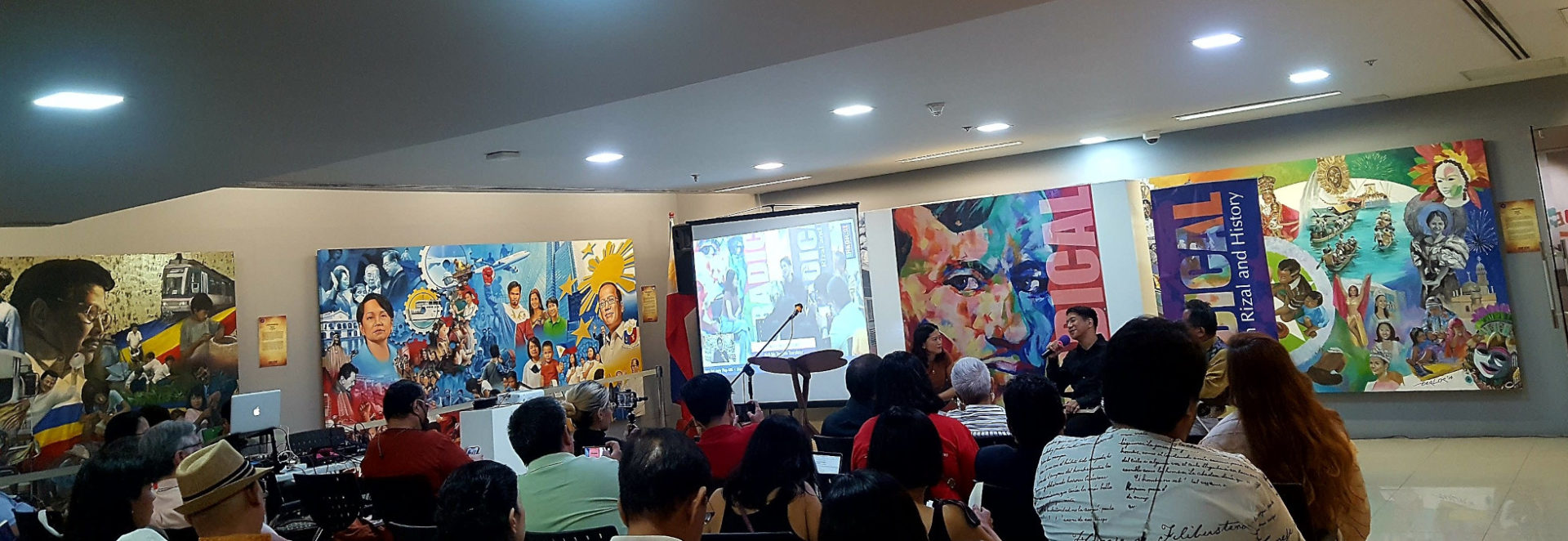
Author-literary critic Caroline S. Hau joined that debate, rebutting Nery’s opinion in her essay “Interpreting Rizal – Did Padre Damaso rape Pia Alba? Reticence, Revelation, and Resolution in Jose Rizal’s novels.” Hau said the novel’s narrative reticence — the lack of revealing details in a literary work — made it impossible to definitively establish Damaso raping Alba based on the “facts” found in the novel. She explained that a traumatized Alba would have shown signs of depression before her pregnancy. Also, the letters of Alba that Nery offered as decisive proof of Damaso’s transgression were, in Hau’s opinion, not conclusive either.
Tellingly, Hau made Nery’s argument highly plausible when she said that the narrative reticence of “Noli” gives it a capaciousness that can accommodate disparate, even conflicting, interpretations.
Given that, I think, both Nery and Tan’s interpretations are valid. They overturn the novel’s narrative reticence by voicing the “unsaid” from the facts stated there. (Using Nery’s line of argument, I’d venture to say that Juli, a character in “El Filibusterismo,” shared Alba’s fate. The clues: Juli’s reluctance in seeing Father Camorra who liked to touch her; people goading her to make the “ultimate sacrifice” to help Basilio out jail; and her committing suicide by leaping out the window, the aftermath of her visit to Camorra.)
Subversive Rizal
Rizal in “Radical” belies the commonplace description of the national hero as parsimonious and a ladies’ man, and emerges as an intellectual with radical ideals on nationhood and, surprisingly, on women.
The column “Patapangin ang puso sa ang mang panganib” shows a progressive Rizal in his letter — written in Tagalog — to the women of Malolos in 1889. In the letter, some parts of which Nery translates into English, Rizal advised them to “steel their hearts against any danger” and raise their children with love for integrity, sincerity, noble action, etc. without chauvinistic condescension.
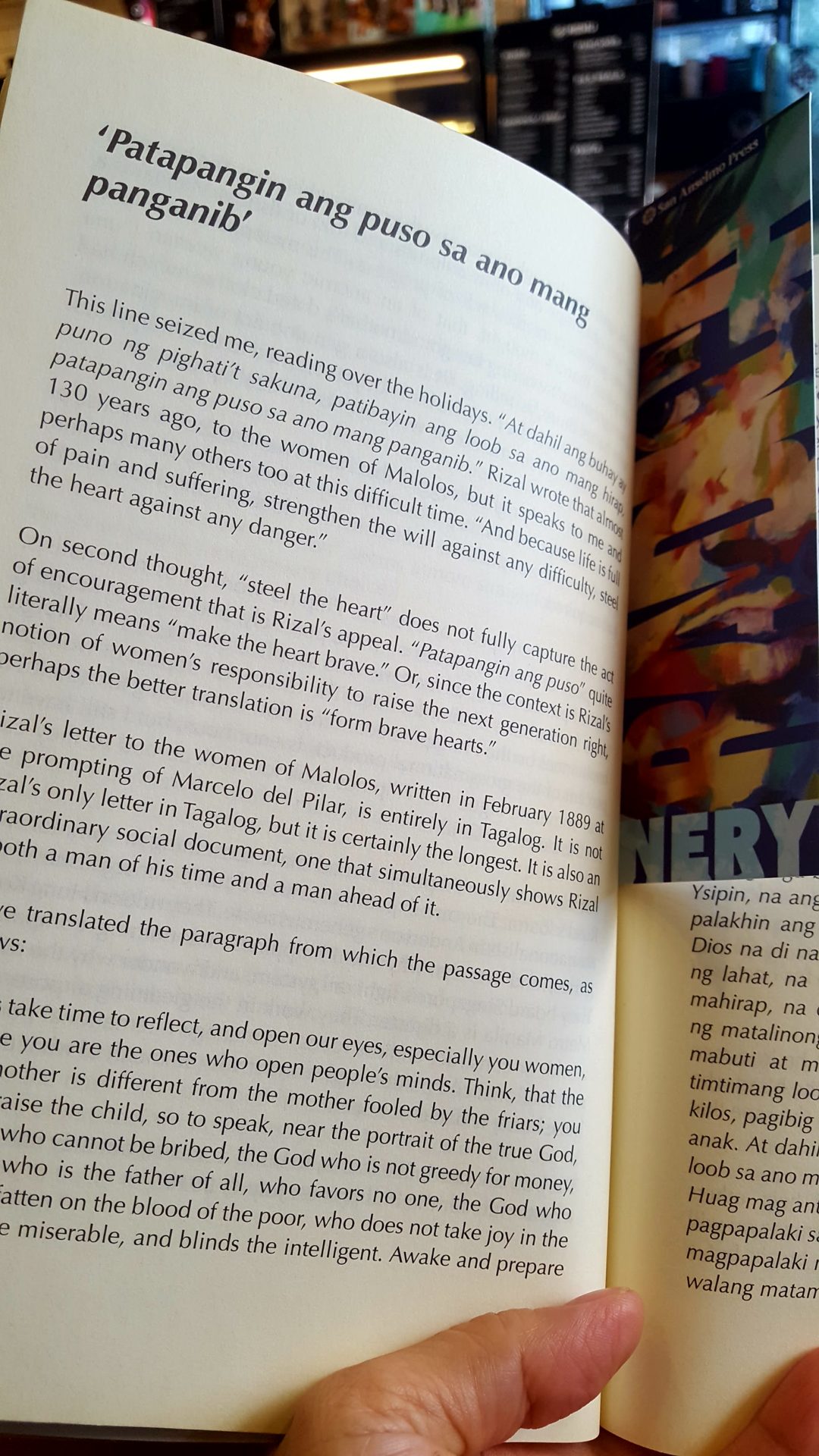
Rizal’s influence is rarely discussed, but Nery underscores his peripheral yet real role in inspiring of independence, especially in Indonesia. In his lecture “Rizal in the Southeast Imagination” delivered at the Yuchengco Museum, Nery says the notion of independence as the responsibility of mestizo leaders was concretized through the first in-depth study of Rizal by Eurasian activist E.F.E. Douwes Dekker.
Rosihan Anwar’s translation Rizal’s “Mi Ultimo Adios” into Indonesian strengthened the sentiment of independence among the networks of pemuda, the militant Indonesian youth, in Jakarta, Surabaya, and Mojokerto. The poem “provoked discussion of independence as the necessary and ultimate gift of self-sacrifice,” Nery says, adding that it was embodied in the battle cry of Arek Suroboyo, Surabaya’s youthful rebels, “Merdeka ataoe mati” (Freedom or death).
Nery thinks Rizal would have made a good — and active — blogger in the present time with his prolific writing (he wrote letters, novels, and articles for newspapers in Hong Kong and “La Solidaridad” in Spain). In the column “Rizal, proto-blogger?” Nery says the hero had the good qualities of blogging: He was a compulsive writer, he had an engaged audience and an alternative medium; his letters were like viral memes, copied and passed from hand to hand, especially after the circulation of “Noli,” and when he had become, Nery points out, the most famous native and the most dangerous man in the Philippine colony.
Knowing the importance of Rizal’s letters, Nery lists 10 — out of several hundreds — in the column “The 10 most important letters Rizal wrote” as a quick guide for new readers and students, including people who had also studied the hero decades ago.
Ominous line
Discussions on Rizal’s equanimity are often linked to his walk towards his execution and deliberate twisting of his body to face the rising sun when he was shot. But Nery shows he was already self-possessed to the point of fatalistic calmness much earlier. A letter to the Filipino colony in Barcelona in October 1891 revealed a forceful Rizal explaining why the struggle must shift from Spain in Nery’s “The 10 most important letters Rizal wrote.”
That significant line in Rizal’s letter was translated from Tagalog into English by Nery thus: “The field of battle is the Philippines; there is where we should meet.” It was also translated by Fr. Jose Arcilla, SJ in this manner: “The battle field is the Philippines; there we must come face to face.”
Comparing the two, Nery says Arcilla’s translation is better, “more rigorous and felicitous,” in his remarks “Reading Rizal through Father Arcilla’s eyes” that he delivered at Ateneo de Manila University.
Both, I think, are good translations, conveying the meaning and nuances of the original, but differing in poetic diction.
Under the spotlight
In the teaching of Philippine history, the erudite Rizal eclipsed most figures, but “Radical” illuminates them, such as Marcelo H. del Pilar, in the column “Rizal’s equal.” To Nery’s mind, Del Pilar paralleled Rizal as a political writer with an instinct for politics; with his “character, spontaneity, and humor,” he was the better letter-writer.
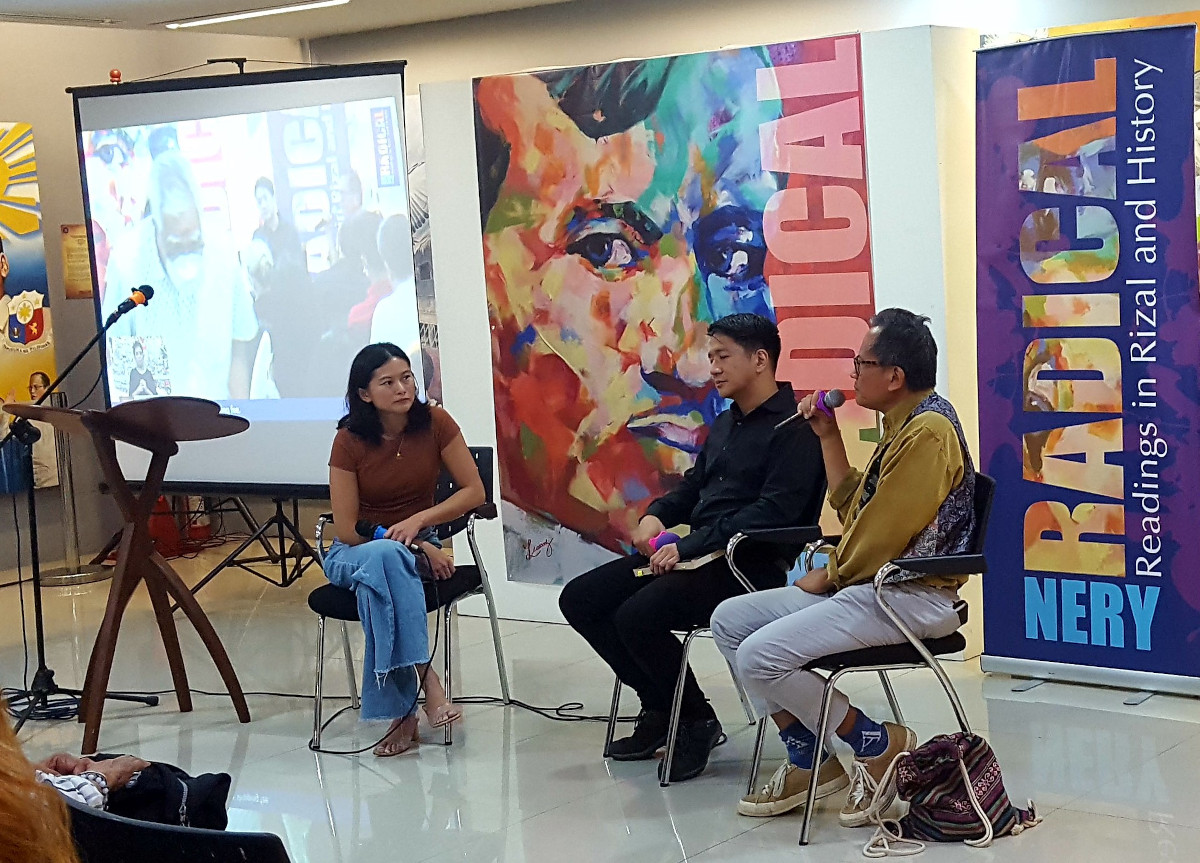
A side of the “sublime paralytic” is revealed by Nery in the column “Apolinario Mabini vs. General Luna.” Nery says Mabini wrote scathingly against Emilio Aguinaldo for the deaths of Andres Bonifacio and Luna, but also originally approved the killing of the latter. Quoting from Mabini’s letters, Nery shows Mabini’s feelings of animosity through his enumeration of Luna’s flaws — i.e., insulting and kicking guards, imposing obedience by force, doing whatever he fancied without consulting anyone.
Did pity for Mabini because of his disability swing for the emergence of the laudatory term “sublime paralytic”?
Another figure to emerge from obscurity is Hukbalahap cofounder Luis Taruc in Nery’s discussion on what makes a hero in the column “If Taruc is a hero, what?” (The National Historical Commission of the Philippines (NHCP) recognized Taruc as hero in 2017 for his role in the pursuit of freedom and in agrarian reform struggle, per an Inquirer report.)
According to Nery, Taruc fêted as hero wasn’t met with alacrity particularly by columnist Manolo Quezon who posted a cartoon from the Philippines Free Press listing Taruc’s iniquities. Was the NHCP mistaken in honoring Taruc?
Nery doesn’t think so. He explains that heroism for Filipinos is shaped by the dominant Christian culture that’s tied closely to the concepts of martyrdom (Rizal as hero) and the possibility of redemption (Taruc as hero). Compared to Rizal who made the ultimate sacrifice, Taruc’s heroism fell within the Filipinos’ varied understanding of heroism, he says.
As Nary puts it, “It takes all kinds of heroes to make a nation.”
Reading history
History is a narrative of contradictory views authored by those with and in power, and Philippine history, with its pronounced social divide, is no exception. Now more than ever simmers the need to reread history, and Rizal becomes more critical with the prevalent atmosphere of ignorance and apathy.
It behooves Filipinos to be informed, to distinguish between works written for the status quo and works written independently. The former plants the seeds of corruption and disinformation while the latter seeks a better tomorrow that’s aptly mirrored in Rizal’s work for “La Solidaridad.” In the column “Ben Zayb and the possibility of journalism,” Nery states that Rizal’s writings reflect journalism because they are dedicated to the truth, concerned with public interest, verifiable, and, above all, independent.
With its independent views, “Radical” presses Filipinos to rethink historical biases, errors, and populist ideas. Equally, “Radical” keeps engaged Filipinos critical and vigilant, ready to call out falsehoods. (Nery might be at loggerheads with Agoncillo, but their positions agree on the importance of being critical — of keeping an attitude of “friendly hostility” — in examining sources of information.)
Nery’s book is a declaration that fence-sitting or being politically ambiguous isn’t a life option. It challenges readers to prove their mettle as radical Filipinos.
***
“Radical-Readings in Rizal and History” is published by San Anselmo Publications, Inc., under the imprint of San Anselmo Press. Copies can be purchased through its Facebook page and at Solidaridad bookshop.


